The National Carriage Museum in Lisbon is one of the most visited museums in the city, with about 400,000 visitors. On display is a unique collection of carriages from all over the world.
Who would have thought that a museum where carriages are located can be so interesting and varied. From the magnificent royal carriage to the carriage for children, during a tour of the carriage museum you can spend hours discovering small and large details.

Museu Nacional dos Coches
The museum is located in the Belém district and has been divided into two parts since 2015. The smaller part of the exhibition is located in a beautiful classical riding hall of the Palácio Nacional de Belém. Since 2015, a large, futuristic new building has stood not far away. There, the largest part of the collection is located in a large and bright room. Since the room with its concrete walls is very unadorned, the carriages look very pompous.
The old building in the former riding hall was furnished in 1905 at the behest of the last Portuguese Queen Amélie. The riding hall was built in 1787 by an Italian architect and inside it shows representations and azulejo mosaics of science, trade, peace and victory. Before the place was used as a museum, horses were trained here.

In order to be able to offer the large collection sufficient exhibition space, a Brazilian architect was commissioned to build a new building. After completion in 2013, however, there was no money to open and operate the museum (economic crisis in Portugal). It was not until 2015 that the new building could be opened.
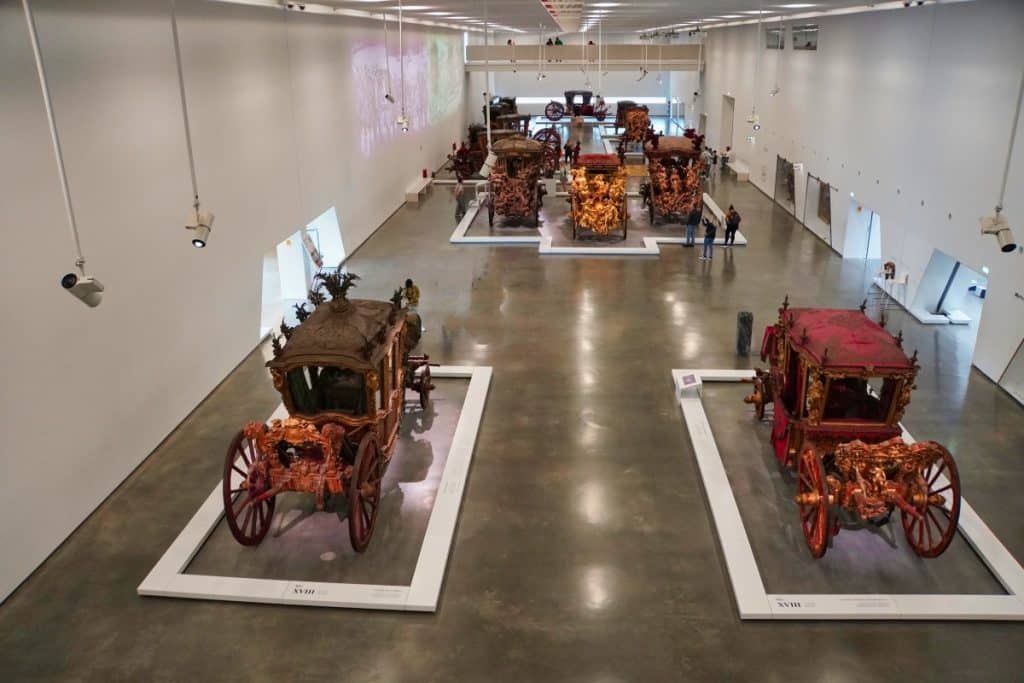
In the new building there are rooms for permanent and temporary exhibitions, workshops, a library and archive and an area where events can be held.

The collection in the Carriage Museum of Lisbon
In the Carriage Museum of Lisbon you can admire mainly carriages of the Portuguese royal family and the Portuguese nobility. In addition, there are vehicles from church property and private collections, which come from many parts of Europe.
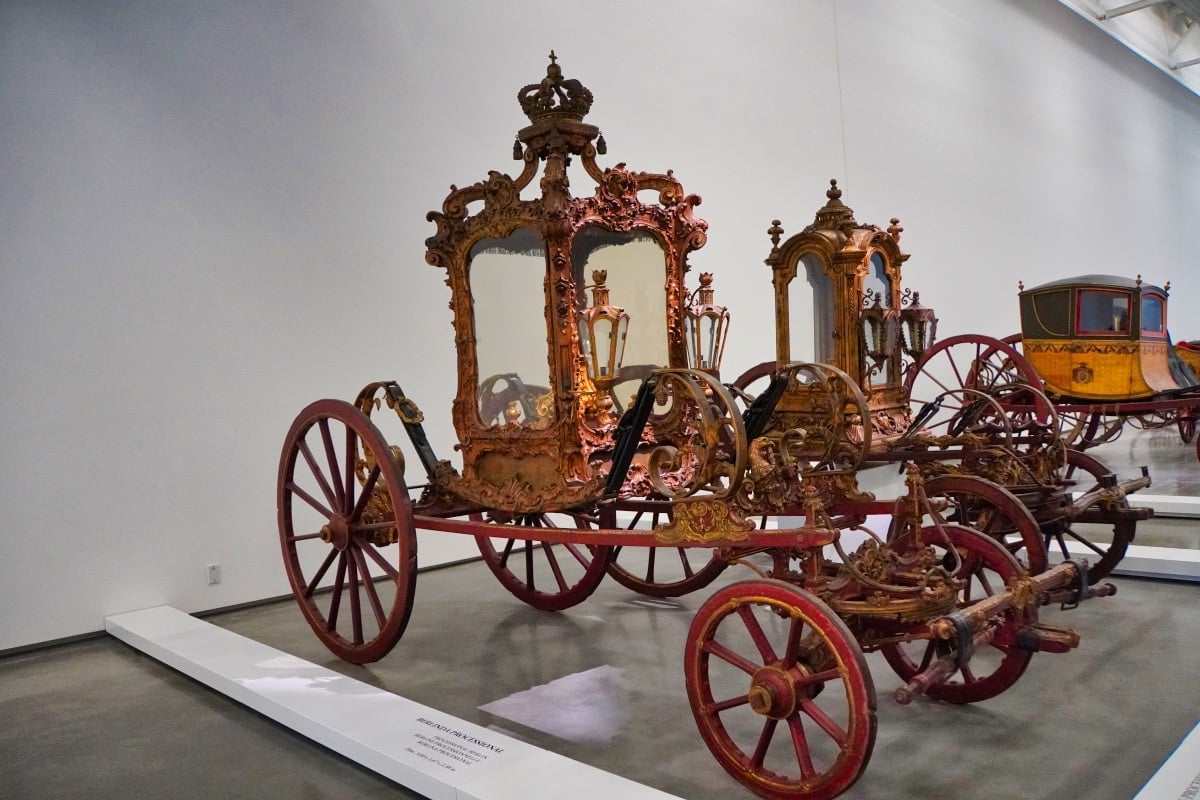

Admire and marvel should perhaps rather be said. When we entered the exhibition hall, we were initially speechless. Not only the size, but also the many carriages, which individually viewed large, but in the hall almost seem small. Everywhere it flashes and flashes golden, the owners have not let it then to show their wealth and their position.
There are numerous carriages from the period 16th – 19th centuries to see. On each vehicle there is a sign revealing the user and some details. For example, you can see the royal carriage of John VI of Portugal with which he traveled from Spain to Portugal in 1619.


I was particularly impressed by the pompous carvings and decorations on the carriages. Here were true artists at work and a little bit it seemed as if the nobles wanted to outdo each other with the design of the carriage. Whether it was carving or ornate paintings on the doors, magnificent curtains and upholstery in the carriages, one thing they all certainly had in common – the ride was long and uncomfortable.
Besides the large and magnificent carriages, however, there are also the “practical” variants to see. For example, a carriage with several benches, which almost resembles a minibus. With it, for example, people went hunting or made trips to the park.

A very special carriage I would call a prisoner transporter. The windows are only painted on and inside there were small narrow crates. In each there was room for exactly one person sitting, with their feet already under the seat of the person in front.

And then as now, what the grown-ups need, the children want to have. At that time, there were specially made children’s carriages that differed from those of adults only in size.

Those who preferred to be carried, or when the streets were too narrow for a carriage, switched to a sedan chair. There are some interesting models on display at the Carriage Museum in Lisbon. What I didn’t know until now, there were sedans that could also be carried by horses. Instead of using a carrier in the front and back, horses were simply harnessed.

Is it worth the visit to the Carriage Museum in Lisbon?
We were impressed by the building and the carriages. The visit was definitely worth it.
We were on site for over an hour and overlooked many features and design ideas of the carriage builders. Those who want to get information in advance or are looking for a specific carriage should consult the museum’s online catalog .
Address:
Av. da Índia,
1361300-300 Lisboa
Opening hours:
Tuesday – Sunday:
10 am – 1 pm and 2.30 pm – 5 pm (last admission always 1h before the end of the visit).
Monday:
closed
Admission fees:
Adults: 8,-€
Discounts are offered. With the LisboaCard you have free entrance!

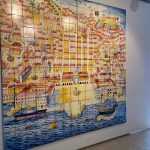



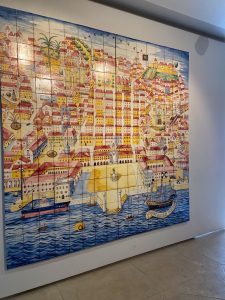










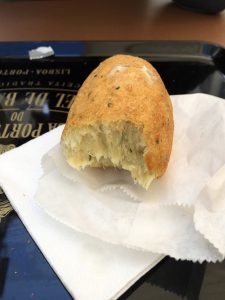
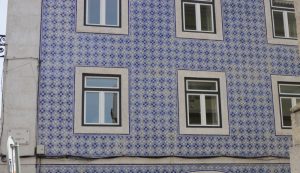












Leave a Reply